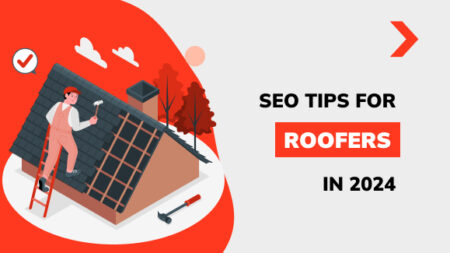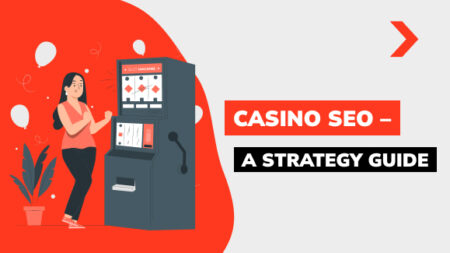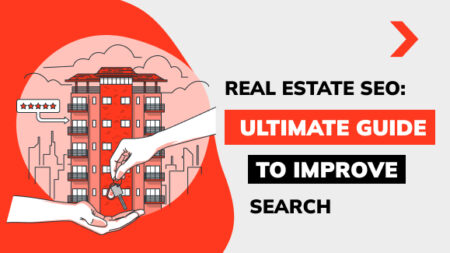Key Focus Areas for an Effective Retail SEO Strategy
Today, many analytical portals indicate that more than 35% of sales among retail businesses happen through e-commerce. In just 4 years, this indicator has grown by 12%, and this trend is believed to continue. By 2025, it is predicted that e-commerce will account for 40% of the total turnover in retail. At the same time, the percentage of sales in physical stores is only dropping.
Of course, searching for goods in retail stores still has many users, but most prefer offline and online shopping. This means that in this area, companies need to engage in retail SEO optimization of their websites to continue to gain new customers, not only among ordinary shoppers but also among online shopping fans.
Regardless of how shopping is done, users search engines from home to find the store or product they want. Also, they immediately compare prices in several stores and can already go to it and buy the products. This means that to visit such customers, you need to be at the top of the search engine, and applying an SEO strategy can help a lot in this matter. Let’s look at the main priorities for developing such a strategy for retail stores.
Keyword Research in SEO For Retailers
One of the main tools of SEO for retailers is the proper use of keywords. To do this, you need to understand what queries potential customers send, what they enter into the online search engine, and whether such words are in the text on your site. It is crucial because such words must be in product names or descriptions. This will help build the right structure for your website and its content.
You need to cover all the keywords in the user journey stages. Typically, keys are categorized into the following types:
- informational;
- navigational;
- transactional;
- intent-based.
Today, many tools help you research keywords, but before building your strategy, study the keys that competitors put on their internet pages.
For example, you can research Amazon and put the keys for your product the same way they are on that site.
It is also worth checking out keys that help convert sales and drive traffic to the site. Don’t forget to ensure the site is at the top of all search engines for these keys and conduct regular resource optimization.
Such actions will help the growth of organic performance and will allow you to minimize the budget to support SEO promotion over time.
Understanding User Intent
This refers to why someone enters a specific phrase into a search engine like Google. The intent is to find something — information, content, a media file, etc. Understanding user intent means that a business has figured out exactly what its target audience is searching for and why (for what purpose). For example, if a customer lands directly on a product page selling the item they were looking for, they are more likely to purchase. However, if they don’t find what they need, their intent is unmet, and they will leave the page. Using SEO keywords can help you fully meet user intent.
Long-Tail Keywords
Short phrases on any brand’s ecommerce website, usually consisting of three, four, or even five words, are long-tail queries. These keywords are more specific than general terms and concepts. They provide businesses with an opportunity to target specific demographics and niches. Such keywords are considered less competitive than broader, more standard keywords because they are purpose-driven. Experts use them to capture better how people phrase their queries in search engines.
Analyzing Competitor Keywords
Researching search queries that local and international competitors in the same industry focus on to achieve top search results is a crucial step in promotion. Analyzing key phrases, words, expressions, quotes, and statements is an excellent way to spy on competitors’ keyword strategies. By incorporating these keywords into your business project, you can outperform competitors and achieve goals like creating relevant content, improving search engine rankings, attracting qualified traffic, and more.
Local Search in Retail SEO
According to business laws, if you want to increase sales, you need to meet as often as possible with those retail customers to whom you could offer your products or services. However, when it comes to local variations of retail SEO, it is important to think about the strategy precisely. Therefore, the retailer needs to find local search platforms and optimize their listings based on them.
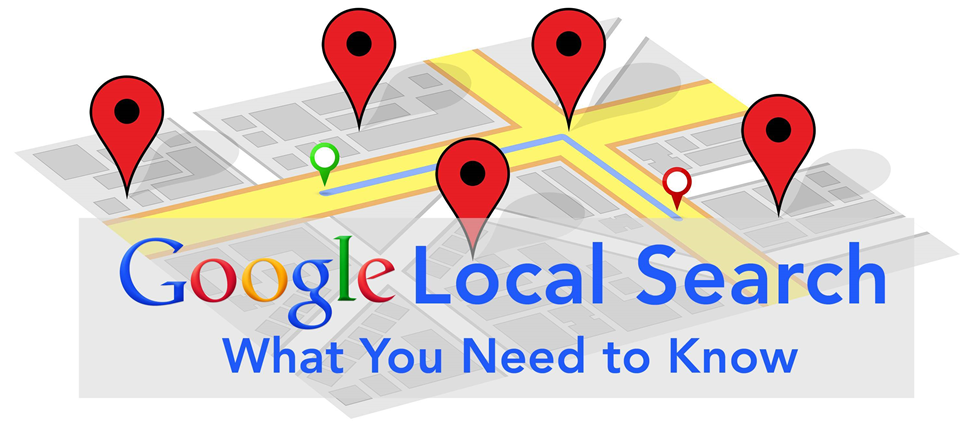
Optimizing your listings will help make the retail brand appear higher among the queries from users for roofing services in your area. This will help ensure you constantly contact your customers and get their attention. A quality job done well will help retain them and get recommendations from these users.
Also, don’t forget about the ability to add pics of completed jobs and satisfied customers, products, and inventory to the listings and submit them to the appropriate categories on the website. Don’t ignore questions from users. Always monitor their feedback and respond to any queries. All these actions will positively impact the business growth with local SEO promotion of the company website.
Structured Data
To make retail SEO services work for the benefit of the business, you need to use all available tools, including structured data. With their help, search engines can more easily understand your content and will be able to place you at the top of queries correctly. Also, companies need to add images to improve the visibility of selected snippets. The most essential type of structured data is the product schema. This means that your products should be labeled with a product schema. In this case, Google and other search engines will be able to publish more information regarding the products and will understand what a brand sells.
Also, pay attention to other data-structure methods for local retail stores. The most commonly highlighted is the local scheme for businesses. It publishes information with:
- business contact information, including location address;
- company ratings;
- reviews of your products;
- a link to the company’s website;
- geolocation with coordinates of your office or warehouse;
- what events you participate in (exhibitions, presentations, etc.).
All these tools will positively impact the company’s growth and the development of a brand’s sales.
Top Quality Content
Having fresh and quality content based on intent is an extremely important tool for promoting seo for retail websites. This is primarily because more than 80% of customers conduct an online analysis of the offers on the market before making a purchase. Most of these inquiries come through mobile gadgets, so you need to create content on the website that caters to their inquiries. Therefore:
- make sure that your content is unique on the site;
- fill it with articles with tips on how to solve the most popular customer problems and tell them how to act in certain situations;
- optimize product review pages;
- don’t ignore the development of blocks with content about frequently asked questions for each of your products (if you don’t create them, you lose the opportunity to rank higher when specific customer requests appear).
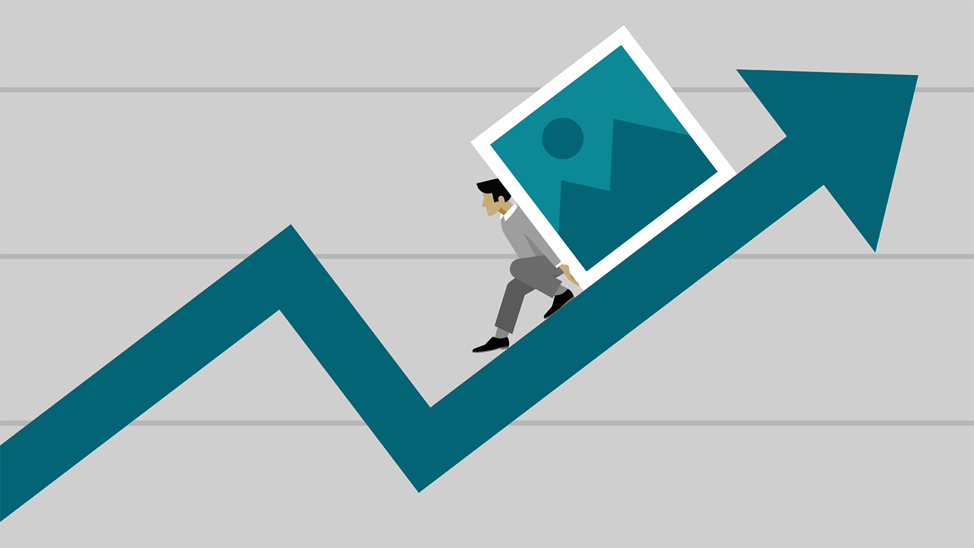
Crafting Compelling Product Descriptions
One of the key aspects of an e-commerce and sales strategy is creating persuasive product descriptions. This involves developing informational content to increase conversion rates, build customer trust, and help your product stand out in a competitive market. Incorporating keywords and phrases, highlighting product benefits, and other SEO-friendly techniques are essential to ensure the content aligns with Google search algorithms. Moreover, such content helps establish an emotional connection with customers.
User-Generated Content and Reviews
A vital component of successful promotion is leveraging user-generated content (UGC), reviews, and positive customer feedback. Authentic testimonials, often referred to as “straight from the source,” about your products and services provide an opportunity to be highly customer-oriented, boost engagement from online users, and build trust. Well-crafted reviews are invaluable, as they enhance credibility, confirm authenticity, foster trust, strengthen your reputation, and drive online sales.
Blogging for Retail SEO
Professional search engine optimization is a critical element when creating online content. Specialists write articles and other content and create blog posts focusing on external and internal SEO, including technical SEO. These practices help achieve higher rankings in search engine results. Experts also optimize meta tags and use relevant keywords within the content, enabling search engine algorithms to understand the information better and make the business website highly visible, thereby increasing your brand’s online presence.
Optimized Images
Running any SERP analysis, you can see that sites with images are quoted much higher. The fact is that most people are visual, and when choosing retail products, they want to look at the product from different angles. Therefore, you should remember to use image optimization in SEO.
This process is just as important as proper keyword placement. Optimize the image (size format, etc.) and file names, replacement text, and other auxiliary parameters. All this will help search engines understand the images faster and reflect them in relevant queries from clients.
Mobile and Core Web Vitals (CWV)
We have already mentioned that customers prefer to explore product information through mobile devices. Therefore, brands must ensure that their retail stores are optimized for these gadgets.
To do this, they need to ensure that the website’s text displays properly on mobile devices, is easy to read, and is conveniently placed for users. Also, the text should peep clear calls to action.
It is also important that the pages of your resource load faster than those of competing retailers. If the page loads faster than 3 seconds, the site will get certain privileges compared to competitors. This is also important for customers because more than half of users say that if the page loads for a long time, they will not buy goods on such a site.
Backlinks
The backlinks are also an essential tool for building an SEO strategy. Companies need to monitor their backlink profile and make sure that their site is not linking to spammy sites or dysfunctional businesses or brands. It is crucial to make sure your links have branded and non-branded anchor text.
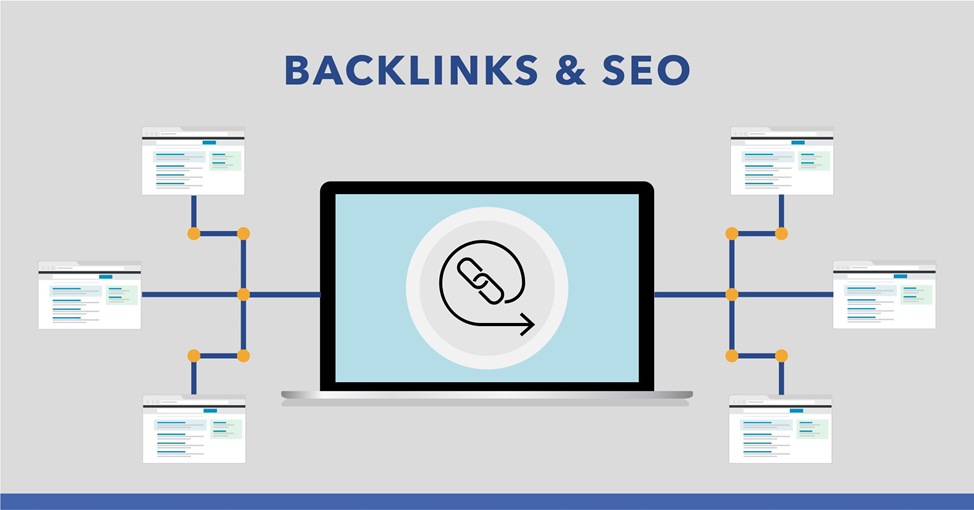
It is also important to strike a balance, as too many links with anchor text can lead to some trouble for your profile. To get quality links, you need to make sure that the content on these resources is helpful to buyers and will be able to solve specific problems for them.
SEO-Friendly Page Templates
When companies create page templates for retail brands, they must apply SEO best practices. To optimize and develop templates, you need to consider the requirements for SEO promotion. Following them ensures that search engines scan and index your content correctly. Take into account the following points in the optimization of templates.
Template Requirements
Companies need to use primary and secondary keywords with exact matches in title tags (preferably short at 65 characters with spaces). Companies also need to use preview tools. This will help you see how the title appears when rendered and check for errors. Other than that:
- keep consistent branding by using a vertical line or dash;
- provide search engines with a brief description of the page using meta descriptions;
- make short descriptions up to 165 characters with spaces and calls to action;
- use the H1 tag on the page with the main key embedded in it;
- do not forget about tag 2 with keywords.
Your page will be top if you do everything according to these requirements. However, the requirements for the main text must be addressed.
Requirements for the main text
This text should be a maximum of 1200 words per page. It should contain the exact occurrence of several target keys and phrases, as well as internal links. Internal links should have as many PDF pages as possible. The topic of the page and body text should match the informational and business purpose of the search. They should provide both information to familiarize themselves with the product and calls to purchase it.
Internal links to resources should increase the likelihood of conversion and keep users on the site. It is also best for companies not to use transactional and promotional wording because they can hurt optimization more.
URL Requirements
URL requirements are another critical point. Although they are a secondary indicator for ranking, it is also advisable to place keywords and information in them that will make it clear what the page is about.
In URLs, it is important to remove stop words and shorten them so that users will remember them. It is also important to structure them correctly. Otherwise, they will only reduce the ranking of your resource.
Strong Technical Architecture and Foundation
It is equally important for companies to make sure that their resources are free from any technical errors that can seriously damage their ranking in front of search engines.

Therefore, it is vital to check the following parameters:
- presence of broken links;
- absence of metadata or replacement text;
- content correctness;
- access to your domain;
- HTTPS availability;
- no indexes or blocked pages;
- Google Analytics and Search Console settings;
- uniqueness and optimization of metadata on pages;
- scan for minimal errors on pages.
If you don’t clean up such errors, the site will crawl slowly, and customers won’t linger on it for long. Therefore, it is better to eliminate these errors as they occur.
Measurement
The last but not the least important tool is monitoring the SEO progress. This will help you understand how optimization affects your performance over time. So, always make sure that for keywords related to the brand, you are in the top 30 search engines.
Also, don’t ignore resource optimization, and make sure that you are ranking the site for high-frequency keywords. Do not forget to include paid search data to create the right content on the site and monitor possible bugs. All this will help you make the right and necessary content that will consistently rank in top positions.
Setting Up Google Analytics and Search Console
This essential service helps businesses understand the traffic to their web resources and assess their rankings. Google Analytics tracks interactions with the web platform (such as page views and bounce rates), while Search Console monitors the site’s presence in search engine results. Specialists set up these tools by creating a Google account, verifying ownership of the resource, and adding the tracking code to the site. Such data-driven solutions help improve the performance of a brand’s or company’s web platform.
Key Metrics to Monitor for Retail SEO
When implementing optimization strategies in retail, monitoring key metrics is crucial for measuring success and enhancing online visibility. Experts regularly track search engine rankings for target keywords to ensure the site appears on the first page of search listings, organic traffic (to understand store visibility and potential customers), and conversion rates (to measure the percentage of visitors who complete desired actions or make purchases). Additionally, they monitor average order value, return on ad spend, and optimization efficiency to continually drive growth.
Adjusting Strategies Based on Performance Data
By tracking key performance indicators (KPIs) and other metrics, specialists can identify areas for improvement and adjust individual strategies accordingly. The work involves regular data analysis, identifying trends and patterns, and making data-driven decisions to refine processes and improve outcomes. Through the effective use of performance data, analytics systems, statistical software, and visualization platforms, businesses can remain competitive, drive innovation, and boost sales of their products or services.
FAQ
How does SEO for retail sites work?
Implementing professional SEO for retail websites (businesses engaged in retail) involves optimizing pages for search engine algorithms to enhance visibility and increase visitor numbers. This is achieved by using carefully selected and specific keywords, creating high-quality content, configuring meta tags, and improving user interfaces. Additionally, analytics and digital tools are used to identify complex queries and create personalized content, ensuring the effectiveness of SEO strategies.
Why use SEO for retail stores?
Different types of SEO help retail stores boost their visibility, strengthen their reputation and authority, enhance customer loyalty and brand image, and achieve a strong online presence in the results of major search engines. Moreover, SEO attracts more potential customers to a store, increasing its ability to meet common customer queries. This, in turn, improves customer satisfaction as people can quickly find the product or service they need. In today’s world, SEO is truly a must-have technology.
Does SEO increase sales?
Effective, targeted, and professional SEO promotion for a brand’s or company’s website is specifically designed to improve its ranking in search engine results for pre-selected and strategically planned keywords. The main goal is to increase website traffic, boost the relevance and popularity of the business project, and drive substantial growth in online sales. Additionally, it helps attract more potential customers likely to perform specific actions desired by the company or brand.


